

Did you know that...
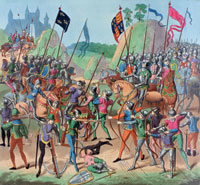
The Hundred Years War between England and France actually lasted 116 years! The war was a series of related dynastic conflicts primarily fought in France between 1337 and 1453.
Did you know that...
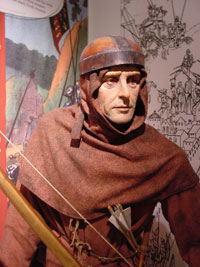
According to legend, the two-fingered ‘V’ sign insult originates from the era of the Hundred Years’ War. Apparently, it comes from a French threat to amputate the distinctive calloused bow fingers of captured Welsh archers, as without those fingers they would be unable to draw their bows. Likewise the Welsh might have used it themselves as a gesture of provocation to the enemy.
Did you know that...
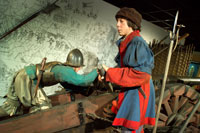
That the two oldest units in the British Army trace their origins to the reign of Henry VIII? The Honourable Artillery Company (a Territorial Army unit) traces its origins to a charter of incorporation received from the King in 1537. The Royal Monmouthshire Royal Engineers (Militia), another Territorial Army unit, claims descent from the General Levy established in Monmouth in 1539.
Did you know that...
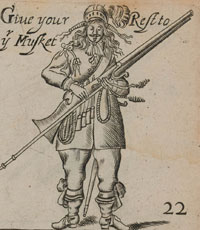
That before the English Civil War in 1642, there was no standing army in England? Troops were raised by the King as and when required, a development of the feudal concept of fief (in which a lord was obliged to raise a certain quota of men). After the English Civil War, Parliament assumed control of the Army, and standing companies based on Oliver Cromwell's New Model Army formed the first regiments. The Restoration of Charles II saw the Model Army kept as a standing force, and the King raised further regiments loyal to the Crown. On 26 January 1661, Charles II issued the warrant that officially founded the British Army.
Did you know that...
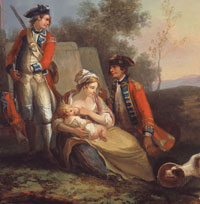
That women sometimes disguised themselves to join the Army? One of these, Christian Davies, served in a cavalry regiment in the Duke of Marlborough’s Army. After she was wounded at the Battle of Ramilies in 1706 her true identity was revealed. She later had a successful career as an Army sutler (a camp follower who sold provisions). Even if they were not engaged in fighting or supplying the Army, women would have been found in almost every military camp.

